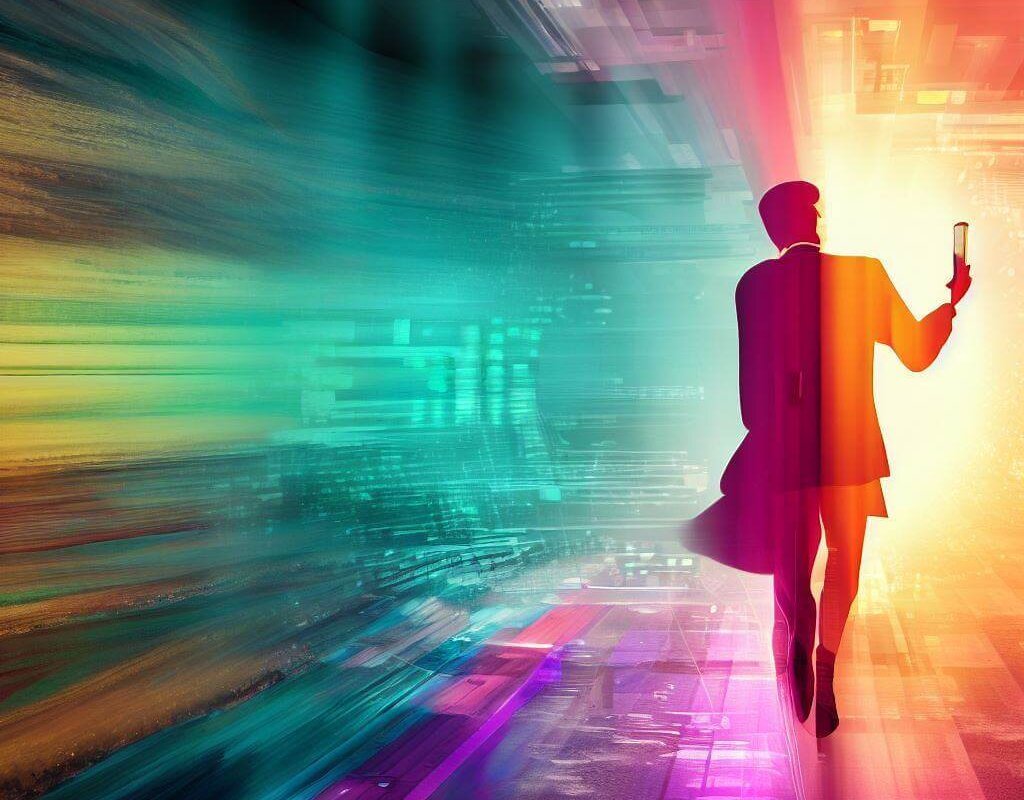Analog vs. Digital The primary distinction between analog and digital media lies in their representation of data. Analog media, like vinyl records or VHS tapes, store information in a continuous form. In contrast, digital media, such as CDs or DVDs, represent information in discrete binary code. This shift from analog to digital brought about increased storage capacities, enhanced clarity, and reduced degradation over time.
The Advent of Digital Computers The late 1940s marked a significant turning point with the introduction of digital computers like the EDSAC and the Manchester Mark 1 (please ignore if you don’t understand). Unlike their analog predecessors, these machines utilized binary code and Boolean logic. Their ability to process vast amounts of information rapidly and accurately revolutionized industries, from science and medicine to entertainment and finance.
Software and Logical Operations The true power of digital computers wasn’t just in their hardware but in their software. Software, a collection of instructions and data, allowed computers to perform a myriad of tasks. From simple calculations to complex simulations, software transformed computers from mere calculating machines to versatile tools capable of myriad functions.
Conclusion The evolution of digital media, from its early beginnings to the modern era, is a testament to human ingenuity and innovation. As we stand on the cusp of new technological frontiers, it’s essential to reflect on our journey and appreciate the digital marvels that enrich our lives. The future holds even more promise, and digital media will undoubtedly continue to play a pivotal role in shaping it.

